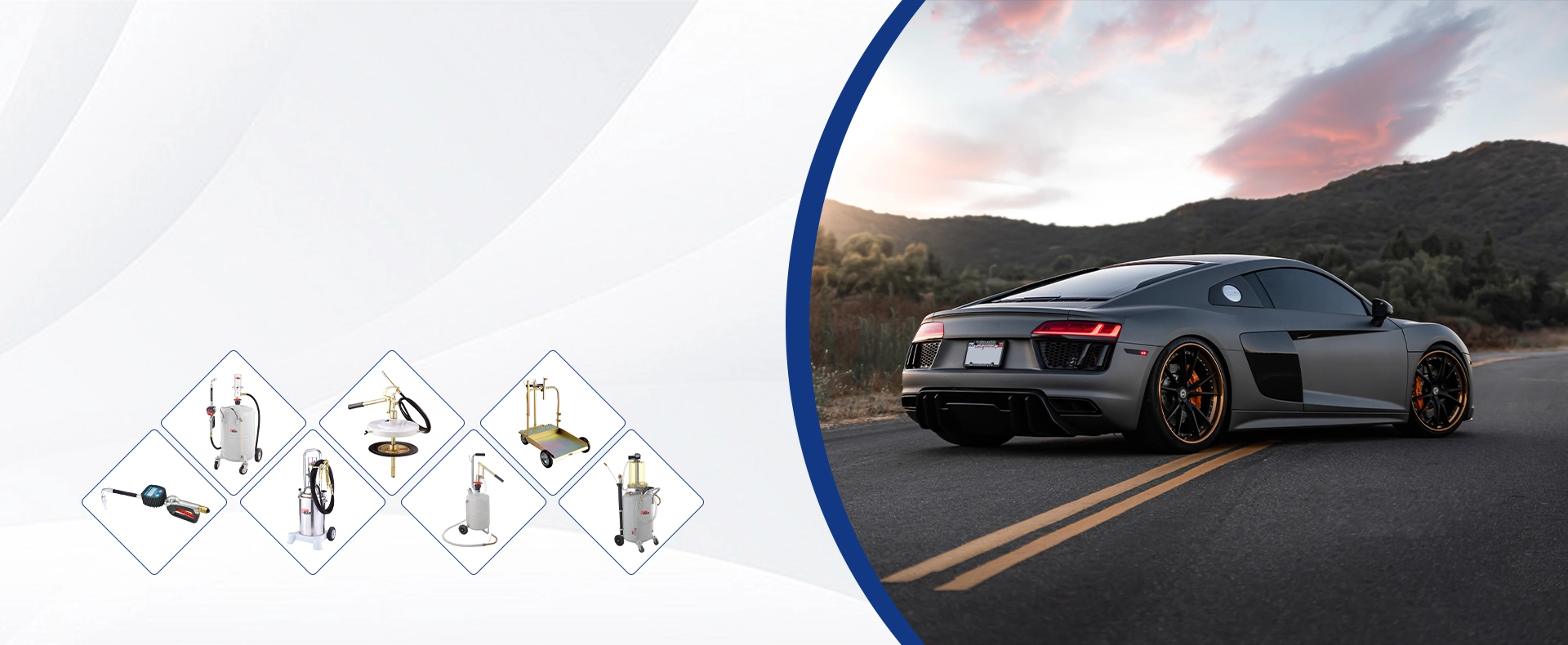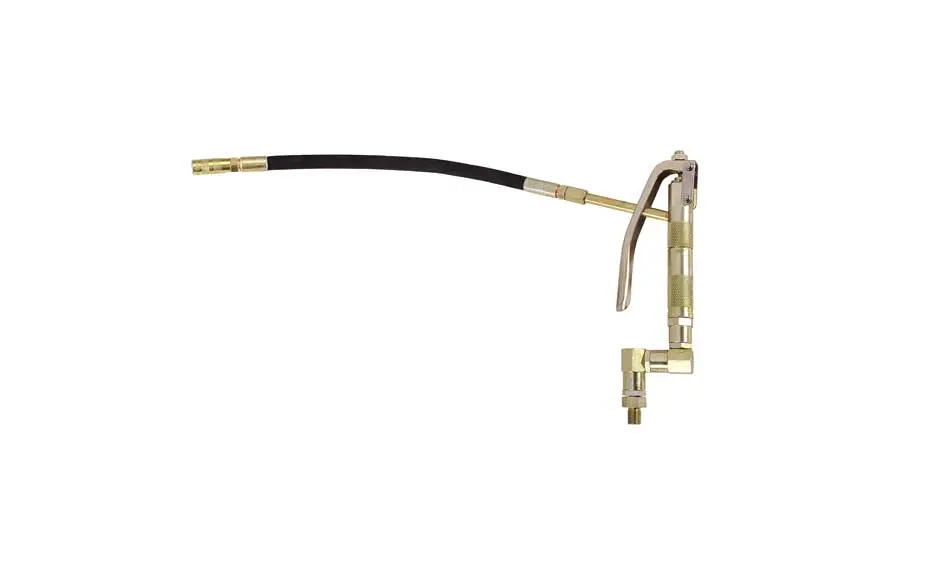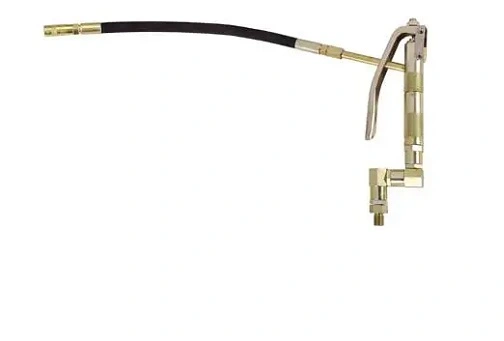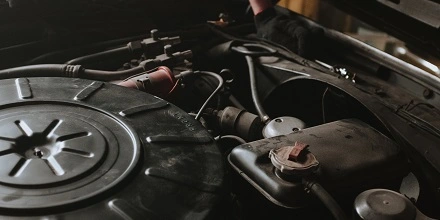Machine Health Risks Associated with Grease Guns
A high-pressure manual grease gun is designed to deliver from 2,000 to 15,000 psi. Applying too much pressure while greasing will damage the bearing seals, which rarely handle more than 500 psi. Symptoms of high grease gun pressure include collapsed bearing shields, damaged bearing seals, grease driven into electric motor windings, and safety and environmental issues.
Managing regreasing frequencies to optimal conditions is necessary to avoid long-term machine health problems. If the frequency is too long, symptoms may include lubricant starvation, which promotes wear, friction and grease contamination. If the frequency is too short, excessive grease consumption and safety and environmental issues may occur.
It is important to know the exact amount of grease necessary for your greasing application to avoid overgreasing or undergreasing. Symptoms of overgreasing include damaged seals and motor windings, environmental issues, and fluid friction, which leads to increased heat generation, higher grease oxidation rates and higher energy consumption. Symptoms of undergreasing include bearing starvation, which results in friction wear and increased contamination.
 EN
EN







